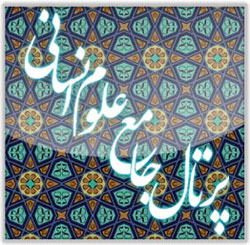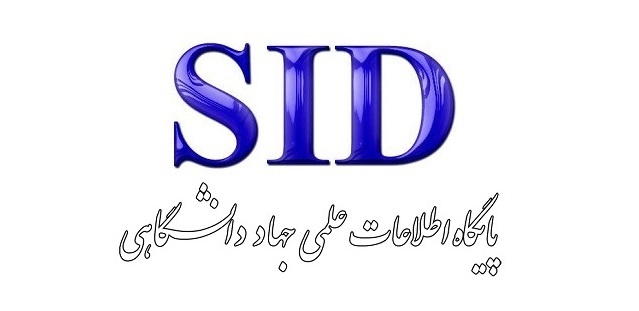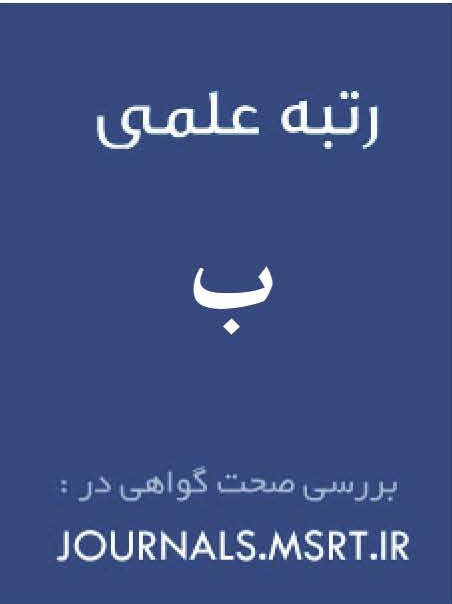The Image of Woman in Persian Mystical Verse Literature (Up to the 15th Century CE)
Keywords:
Female image, Poetic literature, Persian Mysticism, 9th Century AHAbstract
The aim of the present study is to examine the image of women in Persian mystical verse literature up to the 15th century CE. The research method is descriptive-analytical and is based on library sources. The findings indicate that throughout a woman's life, she embodies symbols of delicacy and beauty. In girlhood, she represents purity, emotion, and sentiment. Upon marriage, she becomes a symbol of affection, love, and compassion; and when she becomes a mother, she turns into an icon of sacrifice, selflessness, and devotion. Referring to mystical literature, beauty in women is sometimes depicted as external and at other times as internal. Woman is a symbol of light. From the perspective of the Sufis and mystics, the woman is at times introduced as a symbol of human attributes and even characterized by divine-like qualities, while at other times she is assigned a demonic position or status. Sometimes she embodies virtuous traits, and sometimes she is marked by reprehensible and undesirable attributes. Women in mystical narrative poems occupy the highest ranks. After these mystical works, women in Bustan by Saadi are portrayed in a way that only acknowledges the guardianship and unquestioned dominance of men.
Downloads
References
1. Hosseini M. Women in the Mirror of Persian Poetry/5 - Farid al-Din Mohammad Attar of Nishapur. Journal of Strategic Studies on Women. 2002.
2. Joodi Nemat A. Women in the Mirror of Persian Poetry. Journal of Strategic Studies on Women. 2003(21).
3. Attar Neyshaburi FD. Lisan al-Ghayb. Tehran: Sanai Publications; 1998.
4. Bakhtiar M. Quarterly Journal of Cultural Psychology of Women. 2019(41).
5. Bayani S. Women in Iran During the Mongol Era. Tehran1973.
6. Corbin H. The Land of the Kingdom. Tehran: Tahoori Publishing; 1995.
7. Schimmel A, Farideh Mahdavi D. Women in Islamic Mysticism and Sufism. Tehran2002.
8. Attar Neyshaburi FD. Mazhar al-Aja'ib and Mazhar al-Asrar. Tehran: Bina; 1945.
9. Kamal al-Din Khwarazmi H, Mehdi D. Yanbu al-Asrar fi Nasayeh al-Abrar. Tehran: Association of Cultural Works and Honors; 2005.
10. Taheri Z. The Book of Reason and the Sign of Love: Women in the Era of Hadith and Sufism During the Islamic Middle Ages. Tehran2006.
11. Hassanzadeh Amoli H. One Thousand and One Words. Qom: Bostan Ketab; 2002.
12. Mousavi Khalkhali S. Explanation of the Virtues of Muhyi al-Din Arabi. Tehran: Khorshid Library; 1943.
13. Karbalayi SJ. Al-Anwar al-Sati'ah fi Sharh al-Ziyarat al-Jami'ah. Qom: Dar al-Hadith; 1998.
14. Sharif al-Radhi MiH, Sobhi S. Al-Majazat al-Nabawiyyah. Qom: Dar al-Hadith; 2001.
15. Jami A. Nafahat al-Uns. Kolkata: Lisi Press; 1858.
16. Ghazali AHM. Kimiya-ye Sa'adat. Tehran: Scientific and Cultural Publishing; 2004.
17. Nasr Z. An Analysis of the Position and Role of Women in Lyric, Didactic, and Mystical Poetry. Journal of the Faculty of Literature and Humanities (University of Isfahan). 2003.
Downloads
Published
Submitted
Revised
Accepted
Issue
Section
License
Copyright (c) 2024 سودابه سعیدی , فاطمه لاجوردی (نویسنده)

This work is licensed under a Creative Commons Attribution-NonCommercial 4.0 International License.








